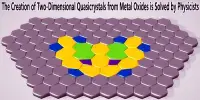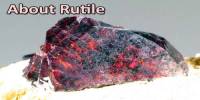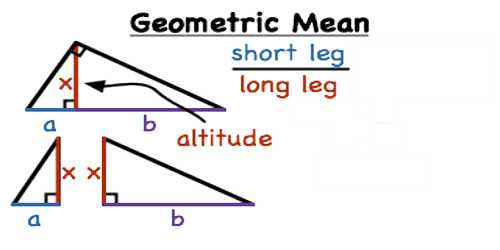Ferroelectric materials generate their own electrical field, while ferromagnetic materials generate their own magnetic field. Despite the fact that electric and magnetic fields are related, physics informs us that they are two distinct types of material.
The property of a substance to have spontaneous electric polarization is known as ferroelectricity. The insertion of an external electric field in the opposite direction can reverse this polarization. Rochelle salt and Valasek developed ferroelectricity (and thus ferroelectric materials) in 1921.
Ferromagnetic materials are a class of materials that, when exposed to a magnetic field, tend to exhibit or display high magnetism in the direction of the field. The alignment patterns of these materials’ component atoms are primarily responsible for their magnetic. These atoms have a tendency to behave like basic electromagnets.
The finding of a complex electrical ‘vortex’-like pattern that replicates its magnetic counterpart by University of Warwick-led scientists suggests that they may be two sides of the same coin.
The findings, published in Nature, are the first evidence of a process in ferroelectric materials comparable to the Dzyaloshinskii-Moriya interaction in ferromagnets. They were funded by the Engineering and Physical Sciences Research Council (EPSRC), part of UK Research and Innovation, and the Royal Society.
This interaction is critical for the stabilization of topological magnetic structures like skyrmions, and it could be vital for future electronic devices based on their electrical analogues.
Realising that in ferroelectrics dipolar textures that mimic their magnetic counterpart to such a degree ensures further research into the fundamental physics that drives such similarities. This result is not a trivial matter when you consider the difference in the origin and strengths of the electric and magnetic fields.
Dorin Rusu
For many years, bulk ferroelectric crystals have been employed in a variety of technologies such as sonar, audio transducers, and actuators. All of these technologies make use of intrinsic electric dipoles and their interplay with the crystal structure of the material and applied fields.
The researchers made a thin film of ferroelectric lead titanate sandwiched between layers of ferromagnet strontium ruthenate, each around 4 nanometres thick and only twice the thickness of a single strand of DNA, for this experiment.
While the atoms in both materials form a single continuous crystal structure, the electric polarisation in the ferroelectric lead titanate layer would ordinarily form several ‘domains,’ similar to a honeycomb. Only state-of-the-art transmission electron microscopy and x-ray scattering can reveal these regions.
The domains in the lead titanate, however, were discovered to be a complicated topological structure with lines of vortexes spinning alternatively in different directions when the University of Warwick team analyzed the structure of the combined layers.
In ferromagnets, almost identical behavior has been observed, which is thought to be caused by the Dzyaloshinskii-Moriya interaction (DMi).
Lead author Professor Marin Alexe of the University of Warwick Department of Physics said:
“If you look at how these characteristics scale down, the difference between ferromagnetism and ferroelectricity becomes less and less important. It might be that they will merge at some point in one unique material. This could be artificial and combine very small ferromagnets and ferroelectrics to take advantage of these topological features. It’s very clear to me that we are at the tip of the iceberg as far as where this research is going to go.”
Co-author Dorin Rusu, a postgraduate student at the University of Warwick, said: “Realising that in ferroelectrics dipolar textures that mimic their magnetic counterpart to such a degree ensures further research into the fundamental physics that drives such similarities. This result is not a trivial matter when you consider the difference in the origin and strengths of the electric and magnetic fields.”
The presence of these vortexes had previously been theorized, but accurate observation required the employment of cutting-edge transmission electron microscopes at the University of Warwick, as well as synchrotrons at four additional facilities. The scientists were able to precisely measure the position of each atom using these approaches.
Co-author Professor Ana Sanchez said: “Electron microscopy is a game-changing technique in understanding these topological structures. It is the key tool in revealing the ins and outs of these novel materials, using a subatomic beam of electrons to generate images of internal structure.”
Co-author Professor Thomas Hase added: “Accessing high end facilities across UK, Europe and US has been critical for this particular research.”
















